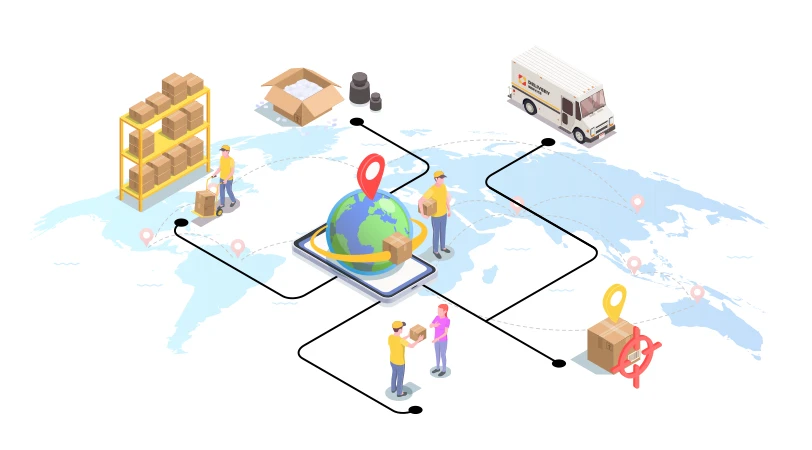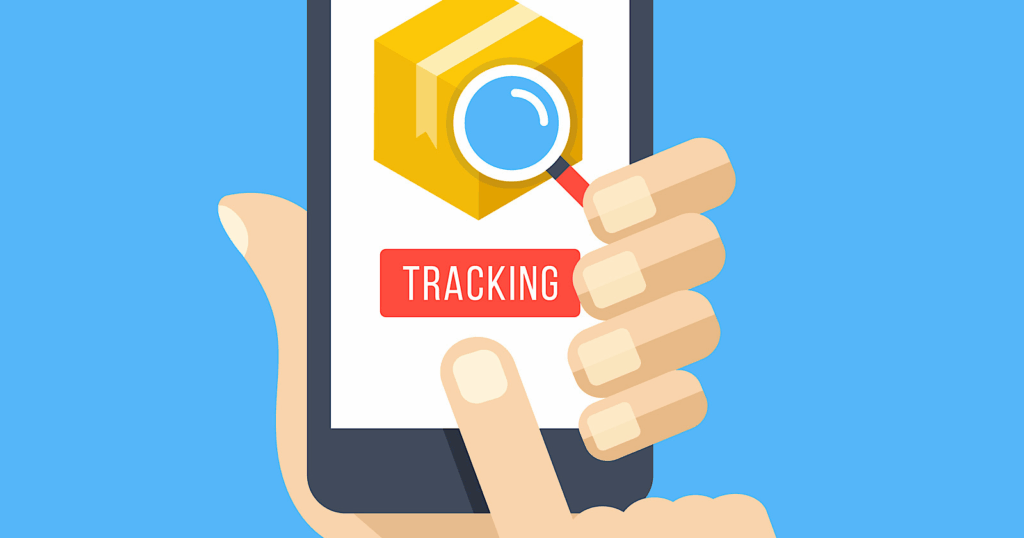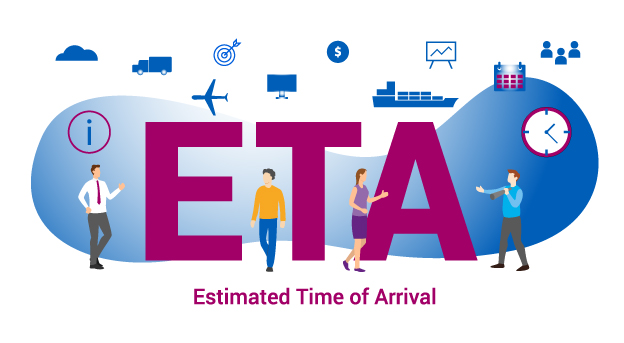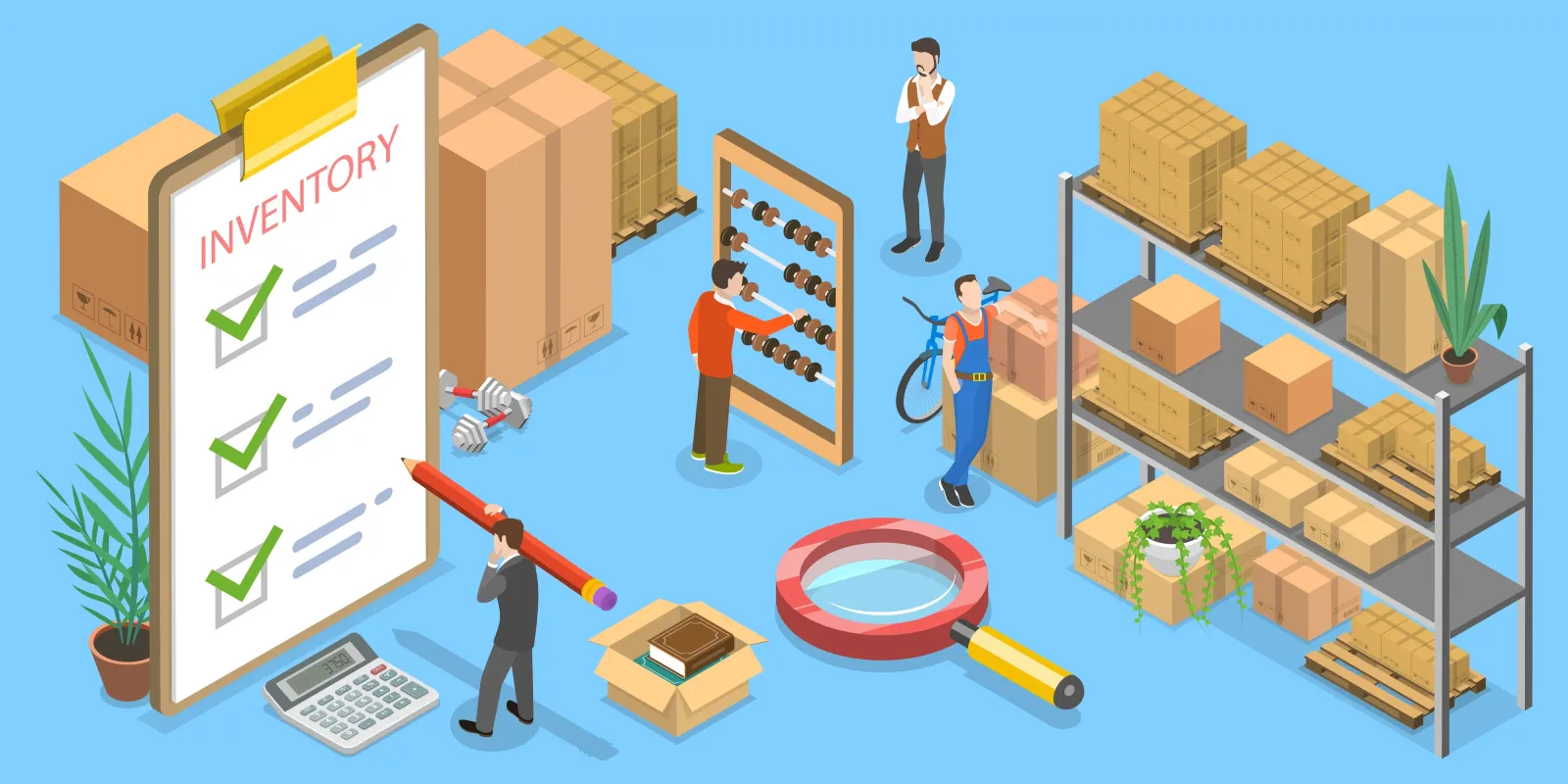What Is Global Tracking in Logistics?
Global tracking in logistics means seeing a shipment’s location, last event, and likely arrival time across carriers and borders in one system. It connects pickup, handoffs, customs, and delivery into a single, reliable view. With mature global tracking in logistics, brands cut support tickets, resolve delays faster, and raise post-purchase satisfaction.

Why Global Tracking in Logistics Matters
What value does it create for brands and customers?
Global tracking in logistics reduces uncertainty. It offers a real-time status, clear ETAs, and next steps when issues arise. Customers get transparency. Operations teams get early warnings and the context to act.
- Fewer WISMO tickets and refunds
- Faster responses to delays and address problems
- Better inventory planning and staffing
- Higher repeat purchase rates from proactive notifications
What Problems Does Global Tracking in Logistics Solve?
Why do shipments “go dark” during transit?
Data is fragmented. Carriers use different status terms. International handoffs create gaps. Time zones differ. Customs events may never surface on retail portals. A unifying layer for global tracking in logistics normalizes all signals, stitches handoffs, and shows one coherent journey.
How does it reduce WISMO and support costs?
A branded tracking page displays the live status and ETA with plain-language guidance. Email or SMS alerts trigger on key milestones or exceptions. Clarity drives down “Where is my order?” messages and improves CSAT.
Can it prevent avoidable losses?
Yes. Small issues grow when nobody notices early—weather, failed delivery attempts, customs checks, or incomplete addresses. With global tracking in logistics, teams receive proactive alerts and intervene before costs escalate.
How Global Tracking in Logistics Works

What data sources are involved?
- Carrier APIs and webhooks: UPS, DHL, FedEx, national posts, regional couriers
- Freight forwarders and 3PL: milestone and handoff scans
- Air and ocean: departures, arrivals, transshipments
- Customs and brokerage: clearance, duties due, inspections
- Internal OMS/WMS: order IDs, promised dates, customer context
How are statuses standardized across carriers?
Carriers describe similar events with different words. A shared taxonomy makes data consistent:
- Pre-transit: label created, awaiting pickup
- In-transit: accepted, departed facility, arrived hub
- Douanes: export, import, inspection, clearance, duties pending
- En attente de livraison: with courier
- Livré: proof captured when available
- Exception: delay, address issue, lost, damaged, return
Status normalization is the backbone of global tracking in logistics. It turns messy inputs into a timeline that teams and customers can trust.
Where do reliable ETAs come from?
- Carrier ETAs as a baseline
- Historical lane data for typical transit times
- Real-time signals such as weather and port or airport congestion
- Machine learning that blends past performance and live context
The blend produces dynamic ETAs that update as conditions change.
What a Good Experience Looks Like

What should customers see on the tracking page?
- Branded page with order details, carrier, and current step
- Timeline of events with local timestamps
- ETA window that adjusts with new data
- Self-service options: fix address, schedule delivery, arrange pickup
- Smart notifications that trigger only for meaningful events
What do operations teams need to manage at scale?
- Exception dashboard for stuck, late, or misrouted items
- Lane analytics by carrier, route, and service level
- Bulk actions to message batches or open investigations
- ALS monitoring that flags risk before promises break
This dual view—customer-friendly outside, operations-ready inside—is central to global tracking in logistics.
Technical Building Blocks
How do we integrate with many carriers reliably?
- Connectors with retry logic and exponential backoff
- Crochets Web for real-time pushes instead of constant polling
- Rate-limit controls to avoid throttling
- Queues and idempotency to prevent duplicates
- Fallback methods (where allowed) for carriers with weak APIs
How do we match parcels to orders across handoffs?
- Use stable identifiers: tracking number, order ID, channel reference, customer email
- Correlate relabeled numbers at cross-border handoffs
- Store each scan as an immutable event with source and timestamp
- Request carrier replays when scans go missing
How do we keep data clean and compliant?
- Normalize status names and codes
- Store timestamps in UTC and display in local time
- Minimize PII and apply GDPR/CCPA controls
- Keep audit trails for every status change
KPIs That Prove It Works
Which metrics show ROI clearly?

- WISMO taux (tickets per 100 orders)
- Livraison dans les délais percentage by carrier and lane
- Time to detect exceptions
- First-contact resolution for tracking inquiries
- NPS/CSAT after delivery
- Repurchase rate among tracking-page viewers
- Refund/chargeback rate tied to late or lost shipments
Implementation Guide
What is a practical rollout plan?
Step 1: Map your lanes and carriers
List top routes by volume and value. Identify primary and backup carriers. Document service levels and SLAs.
Step 2: Choose your integration path
Direct carrier APIs offer fine control and lower recurring costs. Aggregators speed coverage. Many teams adopt a hybrid model to balance time-to-value and flexibility.
Step 3: Define your status taxonomy
Agree on 8–12 normalized statuses. Map each carrier code to the taxonomy. Decide which events trigger alerts.
Step 4: Build a branded tracking page
Enable lookup by email plus order ID. Present a clear ETA and event timeline. Optimize for mobile and accessibility. Link to help resources.
Step 5: Automate notifications
Trigger messages for shipped, out for delivery, delayed, and delivered. Use email, SMS, or WhatsApp by preference. Rate-limit to avoid fatigue.
Step 6: Stand up an exception desk
Auto-flag orders with rules such as “no scan in 48 hours.” Assign owners by region or carrier. Provide templates for outreach to carriers and customers.
Step 7: Review KPIs monthly
Compare carriers on on-time performance and exception rates. Rebalance volumes toward top performers. Refresh ETA models before peak seasons.
Cross-Border and Customs
How do we bring customs into the same view?
- Show customs milestones explicitly: arrival, inspection, clearance, duties due
- Link to duty and tax payment portals when needed
- Capture HS codes and declared values early to reduce holds
- Flag restricted items and missing documents before handoff
Clear customs visibility improves ETA accuracy and cuts surprises, which is essential to global tracking in logistics.
Improving ETA Accuracy Over Time

What data should feed the ETA engine?
- Historical transit distributions by lane and season
- Live signals: storms, strikes, congestion
- Carrier performance trends by weekday and cutoff
- Delivery attempt patterns by postal code
- Seasonal buffers for holidays and Q4 peaks
What feedback loop keeps ETAs honest?
Compare predicted and actual delivery. Identify bias by lane. Retrain models monthly and before busy periods. Present confidence intervals instead of a single date to set realistic expectations.
Common Pitfalls and Fixes
Which mistakes appear most often?
- Over-messaging that leads to notification fatigue
- Missing visibility during international handoffs
- No exception playbooks, so delays linger
- Statuses that are too generic to guide action
- Weak mobile UX on small screens and slow networks
How do we avoid them?
- Alert only when action is possible
- Ensure coverage for each leg and handoff carrier
- Document who does what for each exception scenario
- Keep a concise yet expressive taxonomy
- Test the tracking page under low bandwidth and on small devices
Quick Checklist
What can I implement this week?
- Normalize statuses across carriers
- Enable alerts for delays and delivery
- Launch an exception dashboard
- Publish a branded tracking page
- Measure WISMO, on-time percentage, and exception resolution time
- Review carrier performance monthly
- Refresh ETA logic before peak periods
Bottom Line
Global tracking in logistics is an operational discipline, not just dots on a map. It unifies carriers, customs, ETAs, and customer communication in one source of truth. When you standardize statuses, surface exceptions early, and automate helpful updates, customers worry less and teams focus on solving problems, not hunting for information. Brands that invest in global tracking in logistics see fewer tickets, better delivery performance, and a stronger post-purchase experience.
Aperçu de l'industrie
nouvelles via la boîte de réception
Nulla turp dis cursus. Integer liberos euismod pretium faucibua







